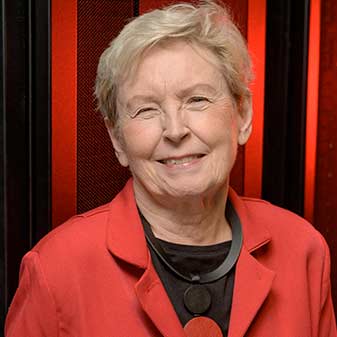The Caviness cluster, UD’s third Community Cluster, was deployed in July 2018 and is a distributed-memory Linux cluster. It is based on a rolling-upgradeable model for expansion and replacement of hardware over time. The first generation consists of 126 compute nodes (4536 cores, 24.6 TB memory). The nodes are built of Intel “Broadwell” 18-core processors in a dual-socket configuration for 36-cores per node. An OmniPath network fabric supports high-speed communication and the Lustre filesystem (approx 200 TiB of usable space). Gigabit and 10-Gigabit Ethernet networks provide access to additional filesystems and the campus network. The cluster was purchased with a proposed 5 year life for the first generation hardware, putting its refresh in the April 2023 to June 2023 time period.
This cluster was designed to pack more computing power into less physical space, use power more efficiently, and leverage reusable infrastructure for a longer overall lifespan. This cluster will use Penguin’s Tundra Extreme Scale (ES) design which follows the specifications of the Open Compute Project.
Unfortunately, Caviness has not been refreshed since 2023, so there are currently no nodes available for purchase. However, we are accepting allocation requests on DARWIN
Provided Infrastructure
| Basic details |
|
|---|---|
| Network |
|
| Storage | Aggregate storage across the cluster:
Workgroups have unlimited access to Lustre, plus:
|
| Login nodes | Users connect to the cluster through two login nodes:
|
Stakeholder Purchases
| Feature | Description | Cost |
|---|---|---|
| Standard architecture | Generation 1:
Generation 2 and 2.1:
Generation 3:
Generation 1, 2 , 2.1 and 3:
|
—–
—–
|
| Memory upgrade | Generation 1:
Generation 2 and 2.1:
|
—–
|
| Coprocessors | Generation 1:
Generation 2 and 2.1:
Generation 3:
|
—–
|
| Other options |
Subject to discussion with IT:
|
$7000+ |

